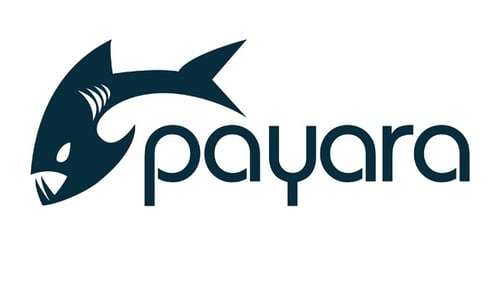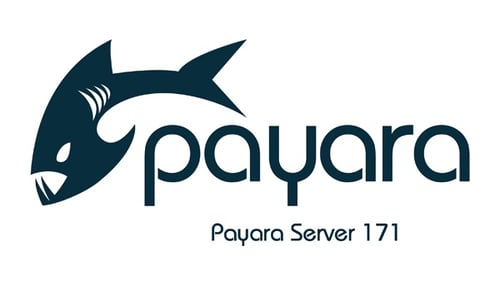Fundamentos de Payara Server Parte 3 - Creando un Cluster Sencillo
Published on 20 Apr 2017
by Michael Ranaldo
Topics:
Hazelcast,
Payara Server Basics,
Clustering,
How-to,
GlassFish basics,
Payara Server Basics - Series,
JCA,
Spanish language
|
0 Comments
Continuando con nuestra serie de introducción, este blog va a demostrar como configurar un cluster sencillo de dos instancias mediante Hazelcast.
Payara for Beginners - All You Need to Know About Nodes
Published on 13 Mar 2017
by Michael Ranaldo
Topics:
Payara Server Basics
|
0 Comments
When developing an application on Payara Server, it is very common to deploy directly to a local Domain Admin Server (DAS) instance, since this is the easiest and most straightforward way to test some code quickly from an IDE. When taking an application further towards production, however, it is highly likely that a domain with several standalone or clustered instances will be used across remote hosts. In this case, it will be very hard to ignore an aspect of Payara Server that may not have been obvious before this point - the concept of nodes.
This blog post will cover both what a node is and the types of nodes available with Payara Server.
Payara para Principiantes - Todo lo que necesitas saber acerca de los nodos
Published on 13 Mar 2017
by Michael Ranaldo
Topics:
Payara Server Basics,
Spanish language
|
1 Comment
Cuando se desarrolla una aplicación en Payara Server, es muy común desplegar directamente en la instancia local del Servidor de Administrador de Dominios (DAS), ya que esta es la forma más sencilla y directa para probar rápidamente las aplicaciones desplegadas en su desarrollo. Al llevar una aplicación a producción, sin embargo, es muy probable que se utilice un dominio con varias instancias independientes o en cluster que residen en múltiples servidores remotos. En este caso, sería muy difícil ignorar un aspecto de Payara Server que puede no haber sido obvio hasta ahora - el concepto de nodos.
What's new in Payara Server 171?
Published on 21 Feb 2017
by Michael Ranaldo
Topics:
What's New,
Production Features,
Hazelcast,
Clustering,
Scalability,
Admin
|
3 Comments
Kick-starting yet another year, we are pleased to announce our largest release yet - Payara Server 4.1.1.171. Building on a year's worth of updates and improvements, in this release, you can find 18 brand new features and over 60 new fixes and enhancements for Payara Server & Payara Micro! Given the size of the additions, look out for detailed blogs in the near future. For now, check out below for a summary of the changes in 171 release, and have a look at the full release notes.
Fundamentos de Payara Server Parte 2 - Reenviando peticiones desde Apache a Payara Server en Ubuntu
Published on 15 Feb 2017
by Michael Ranaldo
Topics:
Payara Server Basics,
How-to,
Apache,
Ubuntu,
Payara Server Basics - Series,
Spanish language
|
0 Comments
Payara Server Basics Part 2 - Forwarding Requests from Apache to Payara Server on Ubuntu
Published on 15 Feb 2017
by Michael Ranaldo
Topics:
Payara Server Basics,
How-to,
Apache,
Ubuntu,
Payara Server Basics - Series
|
4 Comments
In the first blog of this series, we configured our Apache Web Server. Our next step will be to set up request forwarding to send traffic to Payara Server. If you need guidance on installing Payara Server on Ubuntu, we already have a blog post covering the installation of a JDK and Payara Server which we would recommend you read before continuing with this blog.
Payara Server Basics Part 1 - Installing Apache on Ubuntu
Published on 02 Feb 2017
by Michael Ranaldo
Topics:
Payara Server Basics,
Apache,
Ubuntu,
Payara Server Basics - Series
|
2 Comments
In this blog series, we will aim to give an overview of the basics of using Payara Server in a production scenario using Apache Web Server (sometimes called httpd) and Ubuntu 16.04. Many of the concepts described in these blogs do not rely on the tools we are using here and can be applied to other scenarios.
Fundamentos de Payara Server Parte 1 - Instalando Apache en Ubuntu
Published on 02 Feb 2017
by Michael Ranaldo
Topics:
Payara Server Basics,
Apache,
Ubuntu,
Payara Server Basics - Series
|
0 Comments







